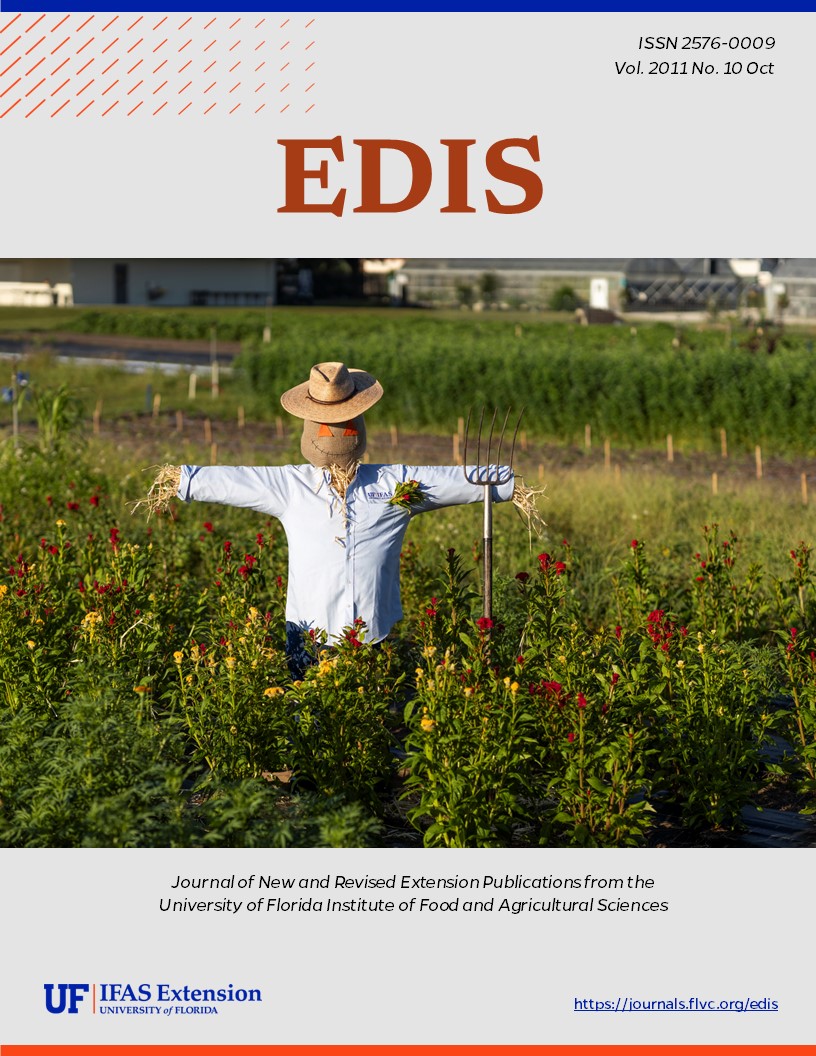Abstract
When an existing pumping system will be used as a component of an irrigation system, it is necessary to measure the capacity of the pump so that the irrigation system can be designed to operate efficiently using the available flow rate and pressure. This requires measuring pump discharge rates and pressures at several points over the available range. Flow meters or volumetric methods can be used to measure discharge rates, while pressures are easily measured with pressure gauges. This document presents procedures for measuring pump capacity and also this work discusses factors affecting pump capacities under field conditions.
References
ANSI/ASABE S376.3 FEB2016 (R2020) Standard. Design, Installation and Performance of Underground Thermoplastic
Irrigation Pipelines. ASAE Standards 1985. 32nd edition, American Society of Agricultural Engineers, St. Joseph, MI. pp. 478–488.
Daily, J. W. and D. R. F. Harleman. 1966. Fluid Dynamics. Addison-Wesley Publishing Co., Inc. Mass. pp. 341–343. Pair, C. H., W. W. Hinz, C. Reid and K. R. Frost. 1975. Sprinkler Irrigation, 4th ed. The Irrigation Association, Silver Spring, Maryland. pp. 247–248.
Seipt, W. R. 1974. Water Hammer Considerations for PVC Pipeline in Irrigation Systems. Transactions of the ASAE. pp. 417–423.

This work is licensed under a Creative Commons Attribution-NonCommercial-NoDerivatives 4.0 International License.
Copyright (c) 2011 UF/IFAS

